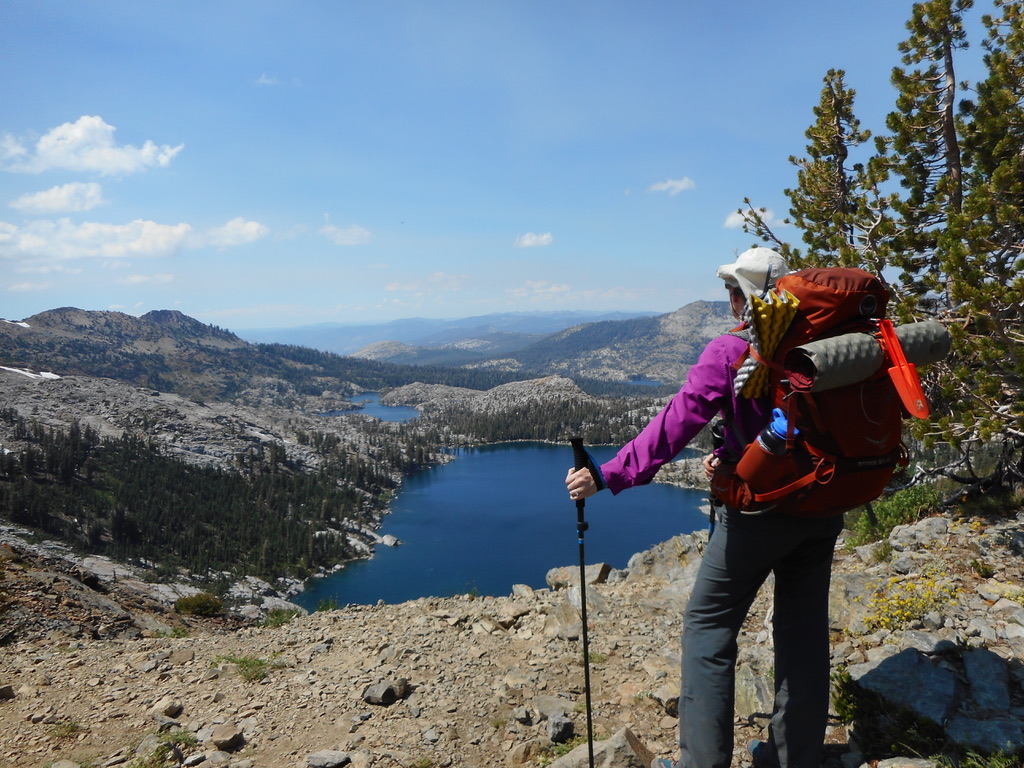The Giant Cultural Parasite, Part 8
In the last section, I said we’d be getting into meme resources this time around, but as I started to write , I realized we need to break apart the meme cycle first. So that’s what we’ll do today, and we should be able to dive into meme resources next time.

Let’s return to water.
So far, we’ve talked about it only in its liquid state, but it also has a solid state (ice) and a gaseous state (water vapor). In the liquid state, water can only move in the direction of gravity. In a world where water could only be liquid, it would run down to the sea and then sit stagnate. The land would grow drier and drier as the moisture seeps downward to the sea. It grows brittle, cracks, turn to dust, and blows away. Where the water touched it, it would soften to mud and slip away into the water. Much of the world would become a muddy soup. In such a world, everything would eventually settle to the horizontal axis and limit life to two dimensions.
When water turns to gas, it becomes light enough to move up, and we return to three dimensions. Vapor forms clouds that can be pushed around and fog banks that differentiate the coasts from the interiors. Rains fall unevenly on the land, creating gorges and valleys, separating mountains like islands in the sky. A new axis of movement adds innumerable niches in the competitive race: whitebark pines cling to alpine cliffs of sheer granite, coastal redwoods drink the coastal fog. Vapor moves up and over the land, returns to water or snow, spills some of its riches over one side of the mountains, withholds it on the other, creates great deserts and fertile plains, each with its own unique set of resources, its own unique challenges, its own unique opportunities. And life carves out its place, sometimes wins, sometimes loses, always changes.
We can think of the water cycle following two basic vectors: Up and Down. As water turns to vapor, it becomes lighter than the gases around it and travels Up. When it turns back to a liquid or solid, it becomes heavy and travels Down, first as fog, rain, or snow, and then as rills and streams and rivers.
The meme cycle also follows two basic vectors. A mental object can enter the physical world, or a physical object can enter the mental world. Both directions require an intermediary, a being who can change the mental to physical or the physical to mental. (Theoretically, memes could pass from one mind to another without passing through the physical world, but so far there’s no evidence for the existence of telepathy. The remaining vector, physical to physical tranmission, is basic replication, not memetics). In short, memes require a host with two abilities: encoding the meme (a brain), and the ability to take action in the world (a body).

When a mental object enters the physical world through a host, we call it Expression. Hosts can Express themselves in a variety of ways—with spoken or written language, physical acts, or by creating physical objects. Telling someone a story, dancing, drafting plans for a new skyscraper, building a table, or punching someone in the face are all Expressions.
When a physical object enters the mental world of a host, we call it Impression. When we hear a story, it may Impress itself into our memory or worldview. Similarly for dancing, drafting plans, physical objects (like the table), or being punched in the face.
This can happen with or without our consent. Don’t imagine the color yellow. Try not to think of the song Baby Shark. The next time someone punches you in the face, try to see if you can quickly forget it.

Not all Expressions cause Impressions, and not all Impressions cause Expressions. A few years ago, when my wife and I would walk through our neighborhood our attention focused on the flowers and gardens that our neighbors had arranged in their front yards—our neighbors Expressed themselves and made an Impression on us. We talked about doing similar things with our front yard—our Impressions caused us to Express those same ideas through language, if only to each other. But we never noticed the playgrounds every few blocks. The playgrounds never made an Impression on us. Until we had a daughter. Suddenly, the playgrounds seemed to be everywhere. They had meaning for us, which activated a system in our brain (the Reticular Activating System or RAS) to notice them.
So the RAS filters from all the information in the world, and passes on the information that could have meaning for us: primarily opportunities or threats. Not every Expression makes it through the RAS and causes an Impression, but some do, and that’s where things begin to get interesting. Because if someone shares an idea, and makes an impression on someone new, then that new person has now become a host for the idea. The idea has effectively replicated itself into a new brain.
The meme cycle looks like this:
Mental Object (Host 1) -> Expression -> Physical object (item/action/language/art) -> Impression -> Mental Object (Host 2)-> etc.
If a meme fails to pass through one of the stages, it dies. If an author never writes her novel, no one will read it, and the ideas won’t spread. If an artist paints ten thousand beautiful paintings that would completely redefine the art form, but burns them all before they can make an impression on anyone else, the ideas won’t spread. Some ideas favor expression but fail to make an impression (think of the proselytizing of certain dwindling religions), and some make big impressions on the people they reach, but discourage people from sharing them (insider trading, for example).

In a world where opposing forces create patterns of oscillations (our rock thrown into the pond from Part 2), it was inevitable that some physical patterns, in pushing against one another, would eventually organize into self-replicating structures (Part 3). And it was further inevitable that those replicators would come to dominate the world (Part 4).
In the world of ideas, too, these Up/Down patterns of Expression/Impression made it inevitable that some ideas would eventually organize into forms that would not only make an Impression, but would also encourage their hosts to Express those ideas back into the world, completing the cycle. As soon as that happened, those ideas became replicators, and as such, became subject to the same laws of fidelity, fecundity, and longevity as any organism competing for resources in the physical world. When we talk about memes, we’re speaking specifically about ideas that have self-replication built into their structure. And just like in the physical world, their replicating nature makes it inevitable that they dominate the ecosystem of our minds.
Next time, we’ll begin to dive into the mental and physical resources that memes use to Impress and Express, and we’ll talk about how they affect the different parts of the meme cycle.